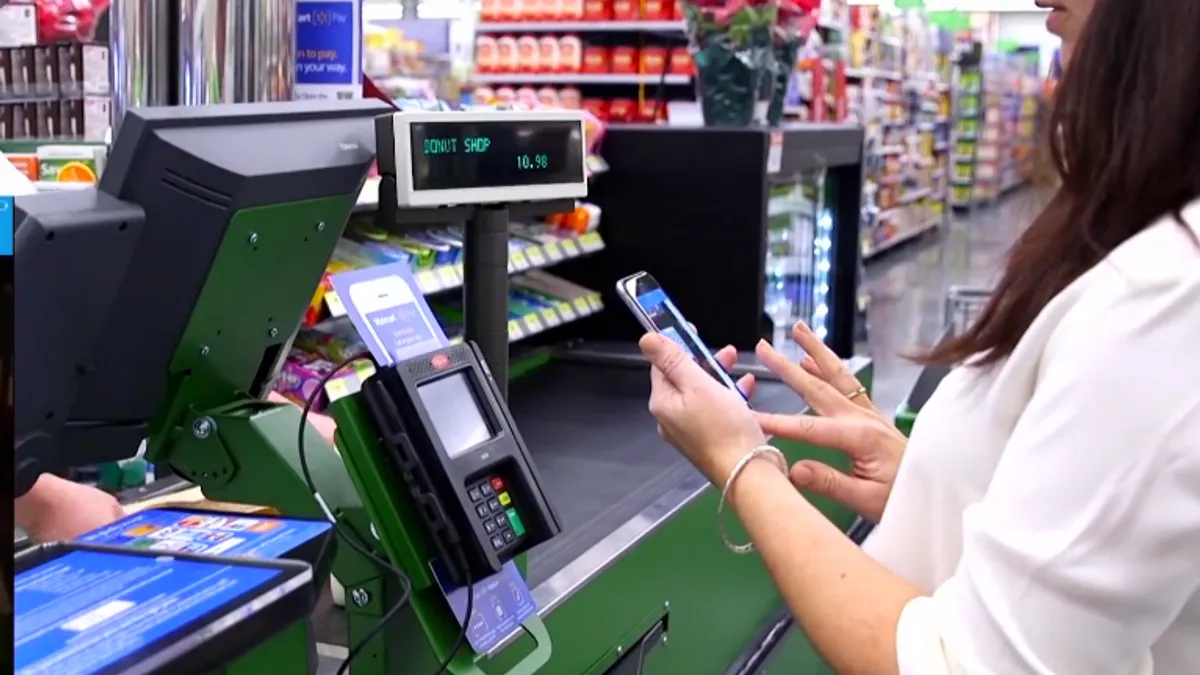Dive Brief:
-
Wal-Mart Stores Inc. is ending its ad-matching program— where shoppers checking out could snag a lower price if they showed a competitor’s ad selling an item for less—at 500 stores as of June 9, Wal-Mart confirmed Thursday.
-
Customers at the stores can instead use the retailer's Savings Catcher app, where users can scan their receipts and the app compares Wal-Mart prices to those advertised by competitors, offering an e-gift card for the difference amount if there is one.
-
But Wal-Mart spokesperson John Forrest Ales said that ending the ad-matching policy has more to do with price roll-backs on thousands of items at those stores, in several departments, which he said would negate the need for ad-matching. Ales told Retail Dive that, unlike many price cuts at Wal-Mart, which usually last 90 days, these will hold steady for a while. He also said that many of the price reductions are on consumables, which tend to be the biggest item featured in the ads that customers bring in for matching.
Dive Insight:
This change sounds like it could be hugely disappointing to customers—as is Amazon’s scaling back on its price dip refund policy—but, considering that Wal-Mart appears to be playing hardball with prices, customers may not be losing much at all.
While Saving Catcher app does what the ad-matching policy does, Wal-Mart's aim is to get prices down so low that customers will find what they're looking for is at the lowest price on Wal-Mart shelves, Ales said. He said that the retailer's intent isn't to push customers towards Savings Catcher, though the app is widely used.
Certainly, the new policy takes the burden (and the power) away from shoppers used to scouring newspapers or their mail for ads, although they’ll have to trust that the app finds relevant deals. Sending customers to the Wal-Mart app instead of having them price match on their own also gives Wal-Mart valuable information on shoppers' spending habits and in-store purchase decisions—data that has been notoriously hard to capture.
And it could also speed up checkout, and keeps the dollars at Wal-Mart, considering the price differences are handed out in the form of Wal-Mart credit. In this scheme, shoppers may increasingly come to depend on their smartphones for price-matching—and on Wal-Mart for “always low prices.”
But, really, it's that last bit, those long-term price reductions, that is going to make it especially tough for the likes of Target, Amazon, and even dollar stores, as prices at those retailers must also as low, or nearly so, to attract the Wal-Mart shopper. If that isn't possible, something about shopping at those places will have to justify the higher prices.















